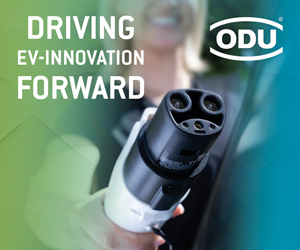All EVs that use lithium-ion batteries are designed so that their full capacity can’t be used in driving – a few kWh are always left over as a buffer. Sometimes you’ll find this figure in spec sheets, which might (for example) quote capacity as “60 kWh (55 usable)” or some such. What is the reason for this?
There are three main reasons why you shouldn’t use all of the energy stored in the typical Li-ion EV battery. The first is that cycle life increases dramatically as depth of discharge (DoD) decreases. Nailing down the precise ratio of DoD to cycle life is difficult, as it depends on many factors, some beyond the control of the manufacturer. One illustrative example is from the Winston Battery 100 Ah LFP cell spec sheet, which claims a lifespan of 5,000 cycles at an 80% DoD or 7,000 cycles at a 70% DoD. That’s 90,000 more Ah delivered over the life of the cell for a mere 10 percentage point decrease in DoD!
The second reason is that a higher capacity pack artificially limited to a lower delivered capacity will be stressed at a lower C rate (a measure of the discharged rate relative to a battery’s maximum capacity) when delivering any given amount of current. For example, a 125 Ah battery limited to 80% DoD is equivalent to a 100 Ah battery drained to 100% DoD, but at, say, 250 A, the 125 Ah pack is operating at 2 C compared to 2.5 C for the 100 Ah pack. Since the internal resistance of any type of battery tends to go down as its capacity goes up, a larger-capacity pack will waste less energy as heat at the same discharge current.


The third reason is that restricting the DoD window to, say, 0-80% (or 10-90%), runs the pack in the flattest part of its discharge curve, and that can make for a better overall driving experience (and allows for an emergency “limp home” mode, as there is something left in the tank, so to speak).
This practice of restricting the DoD window should not be confused with EVs that allow for battery pack upgrades. For example, some of the 60 and 70 kWh versions of the Tesla Model S can be “upgraded” to the 75 kWh version using software to unlock the extra capacity. After a Model S is upgraded, it continues to safely employ the required Li-ion battery capacity buffers. However, it does raise an interesting question: Will the battery pack in a 60 kWh Model S that is never upgraded have a useful life that greatly exceeds the normal life expectancy?
SEE ALSO: A closer look at how batteries fail
Read more EV Tech Explained articles.
























